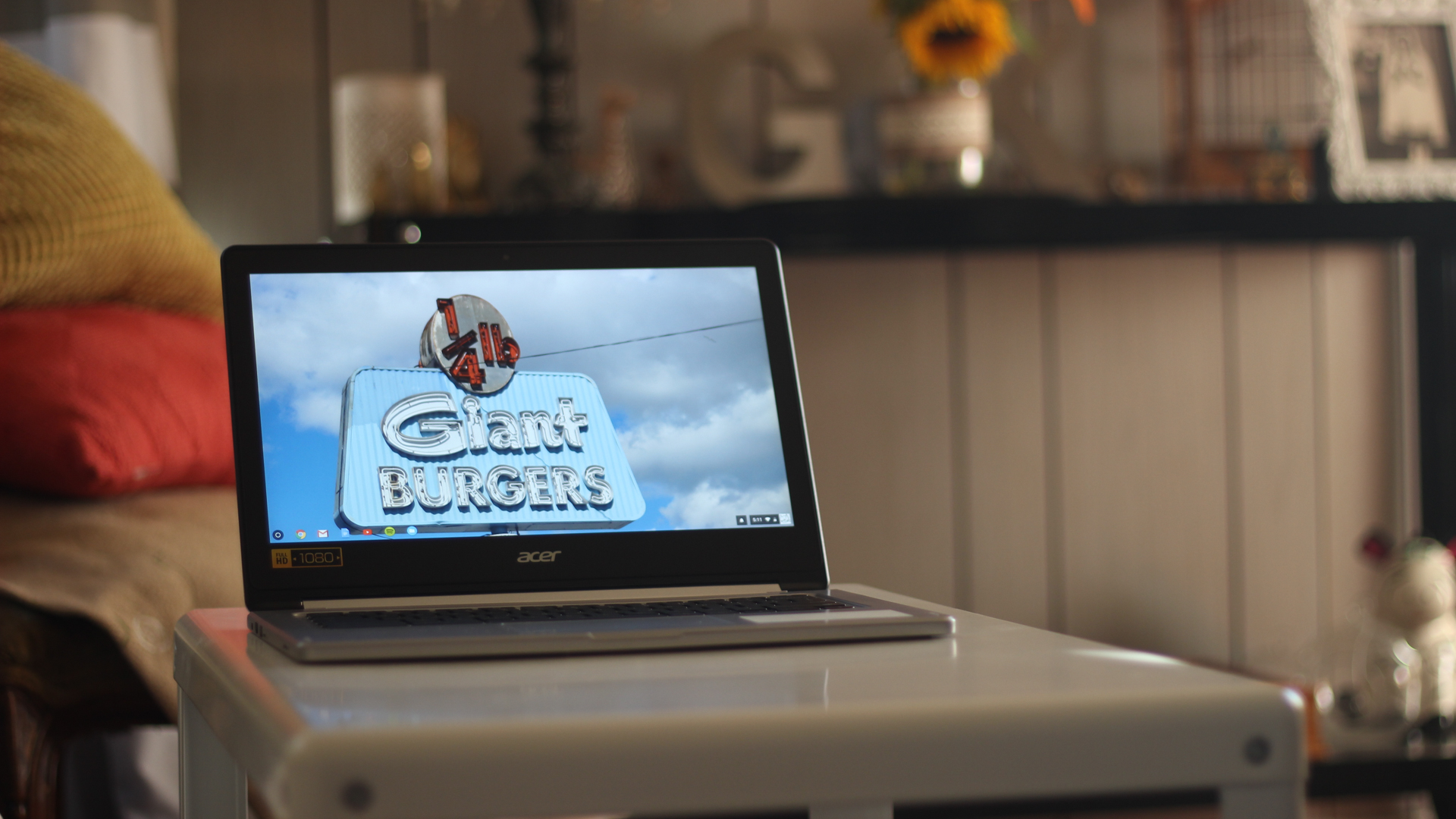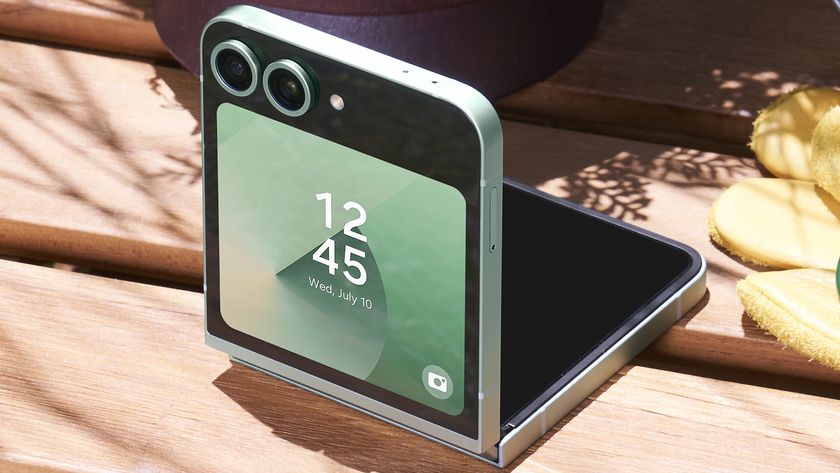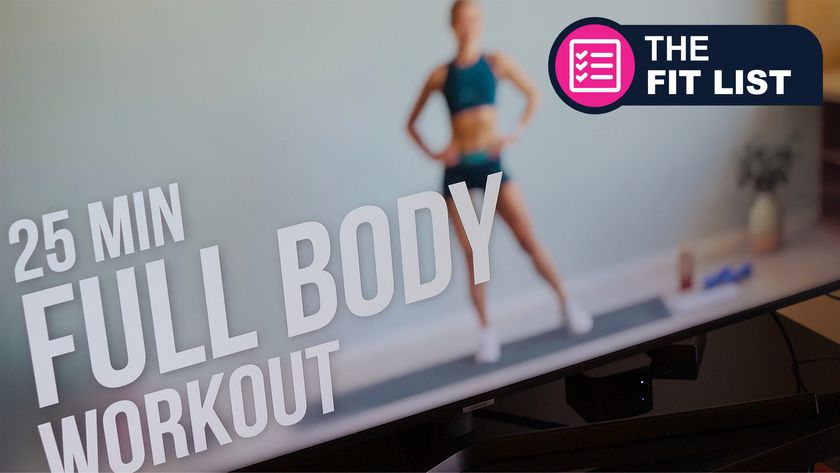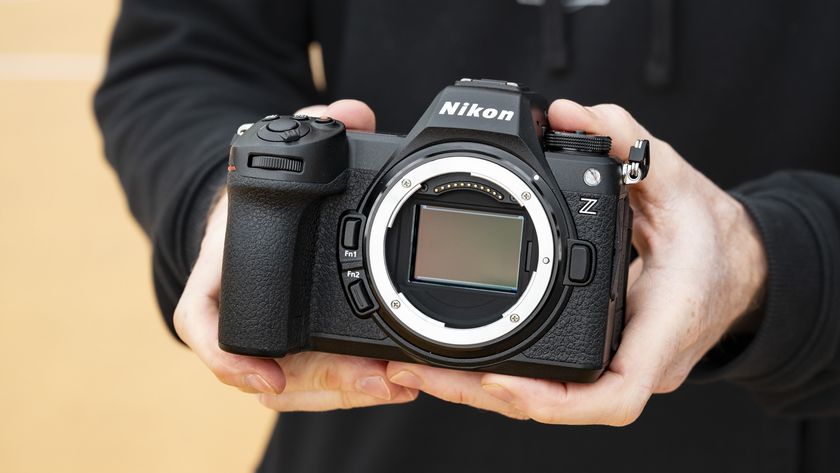TechRadar Verdict
The Acer Chromebook R 13 will get you through the day on a single charge with its excellent battery life, but it’s no performance powerhouse – even compared to rivaling Chromebooks.
Pros
- +
Excellent battery life
- +
Competitive hardware specs
Cons
- -
Unimpressive performance
- -
Shell flexes too easily
Why you can trust TechRadar
There’s something freeing about having a notebook with ridiculously long battery life. Sure, notebooks with battery life in the 8- to 10-hour range are pretty common these days, but when a laptop can manage upwards of 12 hours on a single charge, well, that’s still a rather impressive feat.
So it is with the Acer Chromebook R 13. This Chromebook promises up to a full 12 hours of battery life — and actually delivers. Although performance is a mixed bag, the Acer Chromebook R 13 is one machine that can get you through a full day or a long flight.

Here is the Acer Chromebook R 13 configuration sent to TechRadar for review:
CPU: 2.1 GHz MediaTek M8173C (quad-core)
Graphics: Imagination Technologies PowerVR GX6250
RAM: 4GB LPDDR3
Screen: 13.3-inch FHD (1,920 x 1,080) IPS LCD
Storage: 64GB SSD
Ports: 1 x USB 3.1 Type-C, 1 x USB 3.0, headset jack, HDMI, MicroSD
Connectivity: 802.11ac W-iFi
Camera: Built-in webcam
Weight: 3.28 pounds (1.49kg)
Size: 12.8 x 9.0 x 0.61 inches (325 x 229 x 15mm; W x D x H)
Price, availability and value
Acer sells Chromebook R 13 models starting at $399 (£399, about AU$520), but the model provided to TechRadar for review retails for $429. The only significant difference between the two models is that the base models come with only 32GB of solid-state storage, as compared to the 64GB on the $429 model.
Acer currently offers only one model of the Chromebook R 13 in the UK, which is different from the model we received for review. The R 13 is currently not available through Acer’s Australian website.
By comparison, at $449, the convertible Samsung Chromebook Pro is a little more expensive than the Chromebook R 13 model here, but it includes a stylus. The Samsung is also smaller and lighter than the Chromebook R 13, but it has less onboard storage than the specific Acer model here. Then you have the new Asus Chromebook Flip, which starts the conversation at $499 for a slightly smaller screen and half as much storage as this Acer configuration.

Flexible in good and bad ways
The Acer Chromebook R 13 is a no-frills notebook through and through. It’s perfectly adequate, with a few premium touches. The metal outer shell gives a good first impression when you first pull the R13 out of the box, but open the lid and you’re greeted by a fairly ordinary silver-gray plastic palm rest.
And, despite its reasonably thin and compact size, the R 13 still manages to feel a little ungainly, perhaps thanks to the thick bezel surrounding the screen and the strip of dead space above the keyboard.
Looks aside, the Chromebook R 13 is not particularly sturdy. The bottom case flexes noticeably when you pick it up with one hand or when you push down on the palmrest. It’ll probably hold up OK under light or careful use, but if you’re one to abuse your laptop, you might want to think long and hard before plunking down cash for this Chromebook.
The hinge, on the other hand, feels plenty sturdy, and lets you flip the screen around 180 degrees, allowing you to use the R 13 as a tablet. More on that later.
It may not be the thinnest, lightest or most compact 13-inch notebook out there, but the Acer Chromebook R 13 is still a reasonable travelling companion. Measuring 0.6 inches (1 5mm) thick and weighing in at 3.28 pounds (1.49 kg), this Chromebook is a tenth of an inch (2.5mm) thicker and roughly 0.4 pounds (181 grams) heavier than than the pricier HP Chromebook 13.
Other convertible Chromebooks, like the Asus Chromebook Flip C302 and Samsung Chromebook Pro, are lighter still, weighing in at 2.6 and 2.38 pounds, respectively. Those machines are smaller, however, with 12.5- and 12.3-inch screens.

A good-enough keyboard and trackpad
The Chromebook R 13’s keyboard took a little getting used to after using a late-2016 MacBook Pro as our primary machine. Although you get a decent amount of key travel, key presses feel a little softer than we’d like. So, while it’s perfectly usable, it isn’t our favorite keyboard.
The same goes with the trackpad, really: it’s not great, but it is usable. It’s sufficiently large for tracking around the screen, but the clicking mechanism feels flimsy, You can actually depress the trackpad slightly without the R 13 registering a click – an annoying quirk that took some getting used to.














